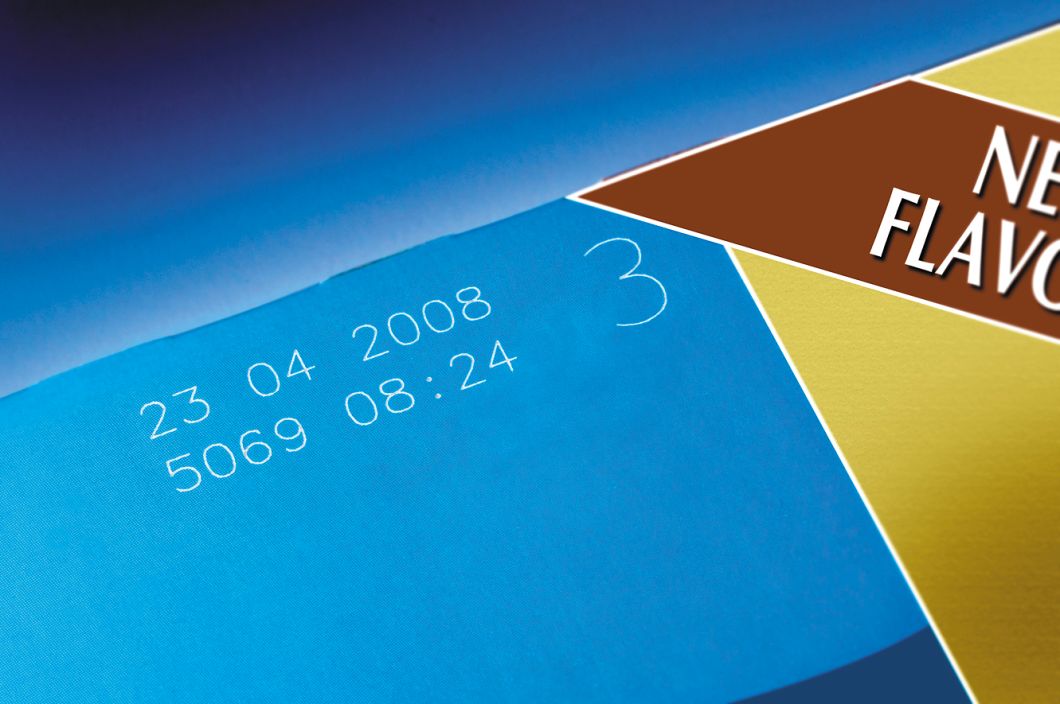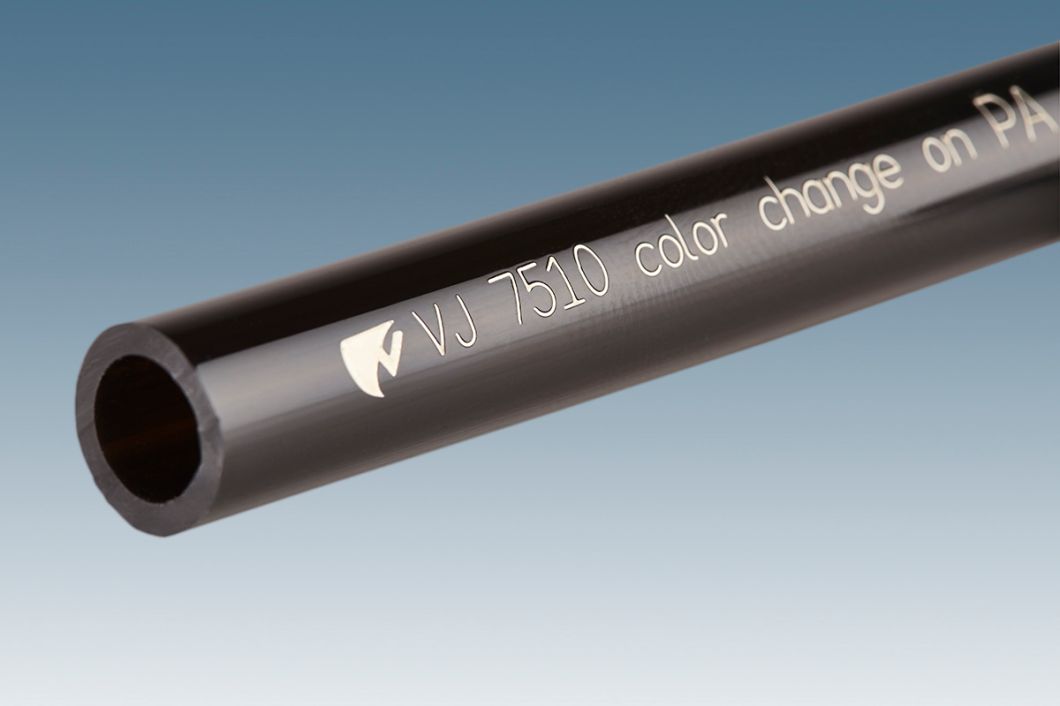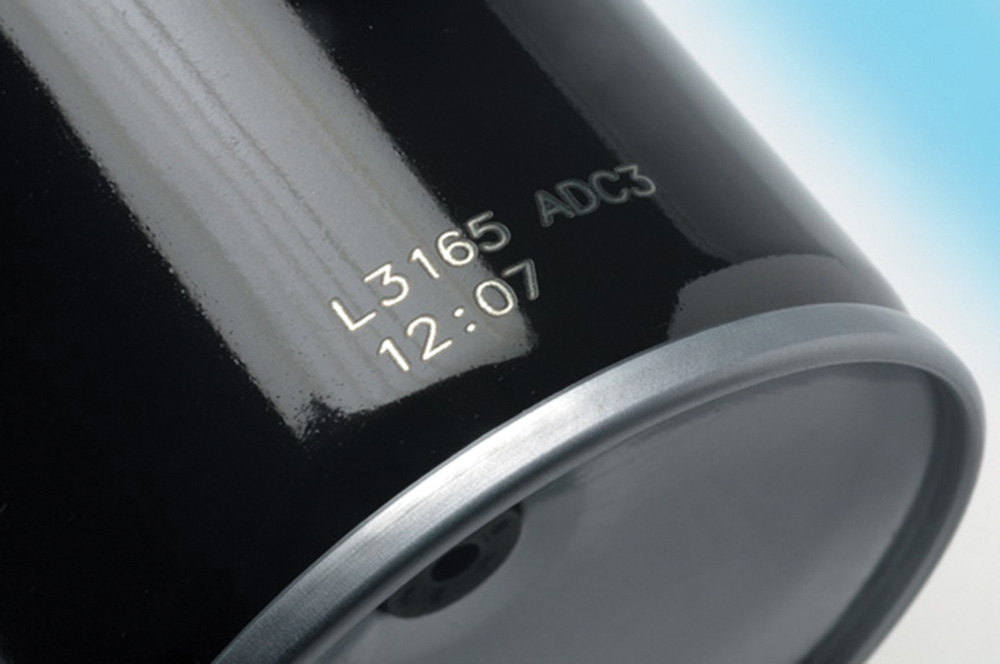Categories
Contact Us
Marking Laser Machines
Marking laser machines are used to mark products and packaging with required codes and other identification marks. Laser marking is a non-contact technology that has numerous advantages over other marking methods. It produces higher quality and more permanent marks and uses fewer consumables, which lowers the total cost of operating the machines.
These machines employ several different types of lasers, including those using CO2, fiber wire and UV laser sources in different power outputs. The choice among these various lasers enables the marking laser machines to successfully mark a wide range of substrates, including metal, low- and high-density plastics, rubber, wood and paperboard. Marking laser system applications include placing production marks and date codes on plastic and glass bottles and other packaging substrates, as well as marking individual metal and plastic products and parts.
Many marking laser systems incorporate laser accessories, including lenses and beam turning units that maximize the lasers’ performance, enabling them to effectively mark moving products and packaging, which supports higher productivity.
CO2 (carbon dioxide) lasers are the highest-power lasers that are currently available, and are used in a wide range of marking situations. The CO2 laser beam of infrared light is capable of both scribing technology and marking large fields.
UV laser marking machines are ideal for marking products and packaging in the pharmaceutical, medical and cosmetic manufacturers to deter tampering and counterfeiting, ensuring lifetime brand protection and traceability through distribution channels.
Fiber wire laser marking systems are used to mark robust, high-density materials. These are versatile lasers that offer high-speed marking of complex data, are easy to operate and easily integrated into production lines.
Laser machines create marks on surfaces in three basic ways: by marking, etching or engraving.
Marking occurs when a high temperature laser alters the surface of a product or container material, removing (or ablating) material from specific areas or altering the color of the surface to leave alphanumeric codes or 1D and 2D codes on the material surface. These codes are permanent and not subject to being dissolved by moisture or washdown chemicals as ink codes are.
Etching is a process used to mark hard materials such as glass and stone. The high heat of the laser beam causes the surface it touches to expand rapidly, causing the material to facture and chip. Controlling the laser beam’s position on the surface causes chips that create alphanumeric codes.
Engraving takes place when the heat of the focused laser beam alters or even vaporizes the material surface of a product, creating a mark on the surface, or burns through a painted surface to expose a code with the revealed material beneath.
The type and power of the lasers used in these ways is determined by the material to be marked.




